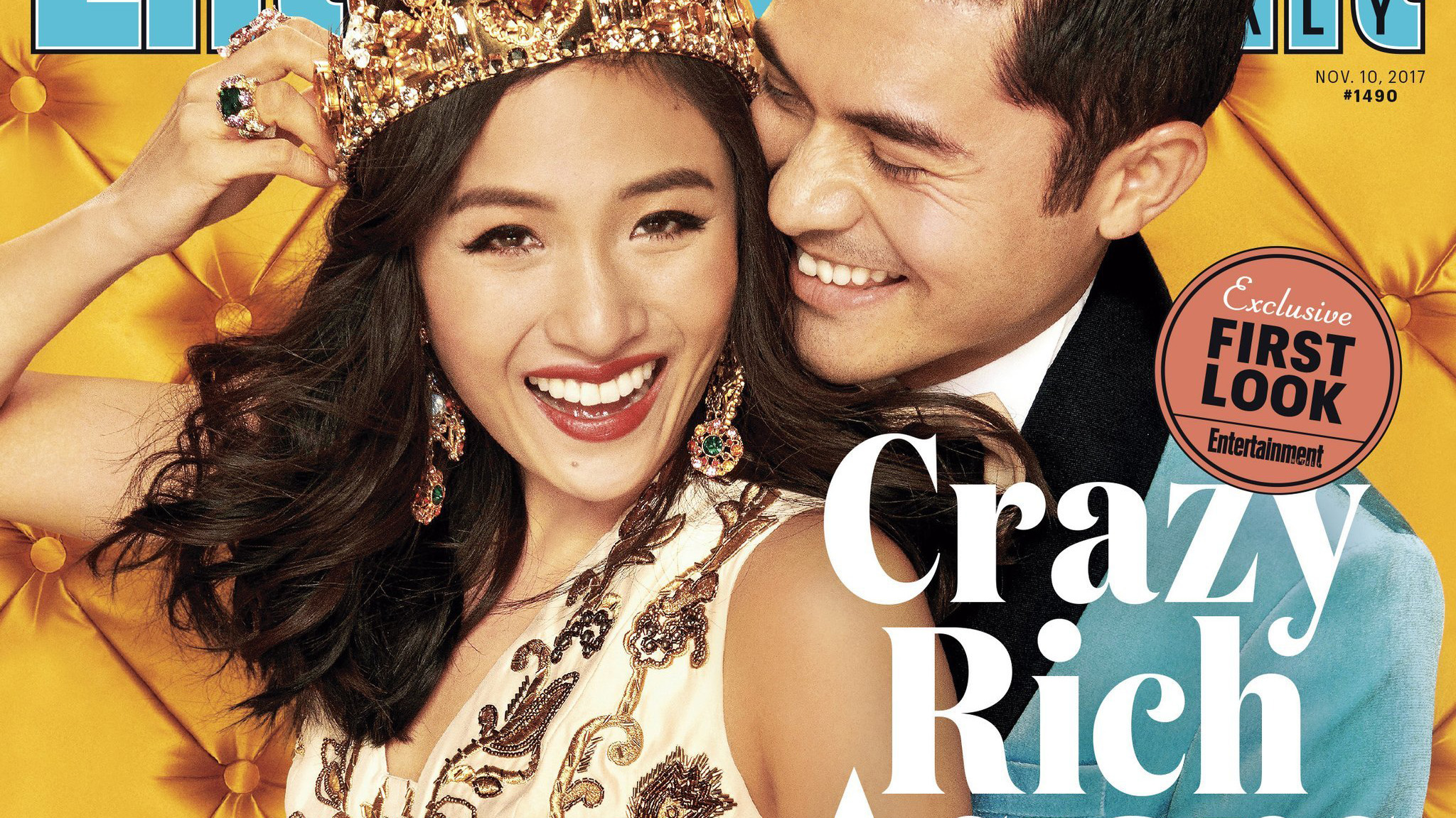—Lori Kido Lopez
When Crazy Rich Asians premiered in movie theaters across the U.S., it was burdened with enormous responsibility. It had been 25 years since a Hollywood studio had released an all-Asian picture, and one of the difficulties with trying to fix the problem of underrepresentation is that any proposed solution is met with the closest scrutiny. Crazy Rich Asians was tasked with offering up an entertaining narrative that would appeal to mainstream audiences while speaking specifically to the Asian and Asian American experience, all in the service of improving the treatment of Asian Americans in Hollywood. Did it live up to the hype?
Amidst the outpouring of news coverage, movie reviews, tweets, Facebook posts, box office reports, and other modes of analysis, disagreements started to bubble to the surface. There was clearly a tremendous amount of enthusiasm and adoration for the film, but a growing chorus of voices also remained critical of what the movie seemed to convey about racial minorities. Was this an enormous step forward for Asians, or a capitulation to capitalist fantasies that negate the realities of Asian American struggles? While we might chalk up these debates to a simple difference of opinion or taste, we can also use this opportunity to distinguish between different modes of analysis within media studies. In doing so, we can more carefully assess what this important film actually means, how we know what it means, and what it might be able to do.
Conversations about Crazy Rich Asians began long before the arrival of #AsianAugust with reports about how the film got made, and what made it such an uncommon project—that is, there was a focus on media production and media industries. These approaches include explanations of the broader context of the U.S. film industry and the long history of racism in Hollywood that has deeply marginalized Asian Americans and their stories. They include stories about director John Chu, book author Kevin Kwan, and all of the Asian American actors and actresses in the film whose careers were marked by struggles to gain legitimacy and power. We also saw discussion of the economic structures and markets that undergird film production, and the significance of making money on a film’s opening weekend.
After the film came out, the conversation shifted to descriptions and analyses of actual audiences. Asian Americans shared personal stories about sitting in the movie theater feeling their feelings, laughing and crying and being scared of what they would see. There were reflections on the way that audiences collectively booed and cheered, and bought out entire theaters so they could enjoy the film as a united community. On how it felt to watch the film from different backgrounds and contexts and perspectives.
But as the wave of positive press started to roll across the U.S. with reports of high scores on Rotten Tomatoes and unexpectedly good box office returns, the backlash began. Many Asian American viewers critiqued the film for its overwrought class privilege, its anti-blackness, its celebration of greed, and its marginalization of Singaporean minorities. Rather than view these criticisms as a negation of the affective responses audiences experienced or of its potential to improve the treatment of Asian Americans in Hollywood, we can recognize that examinations of audiences and examinations of texts are different modes of scholarship analyzing distinct sets of data.
It is vitally important to develop the tools of textual analysis and use them to form arguments about a film’s specific meaning, but they can be understood separately from analyses of media industries or audiences. As more people view the film and have time to reflect on all of its components—including its script, mise en scene, music and sound design, cinematography, actor performances, costume, and more—we have the opportunity to develop even richer and more nuanced readings of its meaning. But we should be careful about the ways that we connect one person’s close reading of the text to its broader social meaning.
Indeed, effective Asian American media activism relies on a combination of all of these different kinds of analyses—using the enthusiasm and frustration of real audiences and arguments about how fictional representations connect to larger structures of racism, activists can work to create more opportunities for Asian Americans in Hollywood. It’s far too early to guess at whether or not Crazy Rich Asians will ultimately lead to any concrete changes or improvements in the media industry, but staying alert to these different modes of analysis can help us more clearly see the path toward doing so.
 Lori Kido Lopez is Associate Professor of Media and Cultural Studies in the Communication Arts Department, an affiliate of the Asian American Studies and Gender and Women’s Studies Departments at the University of Wisconsin-Madison, and the author of Asian American Media Activism: Fighting for Cultural Citizenship (NYU Press, 2016).
Lori Kido Lopez is Associate Professor of Media and Cultural Studies in the Communication Arts Department, an affiliate of the Asian American Studies and Gender and Women’s Studies Departments at the University of Wisconsin-Madison, and the author of Asian American Media Activism: Fighting for Cultural Citizenship (NYU Press, 2016).
Feature image: cover, Entertainment Weekly, Nov. 10, 2017 issue.

